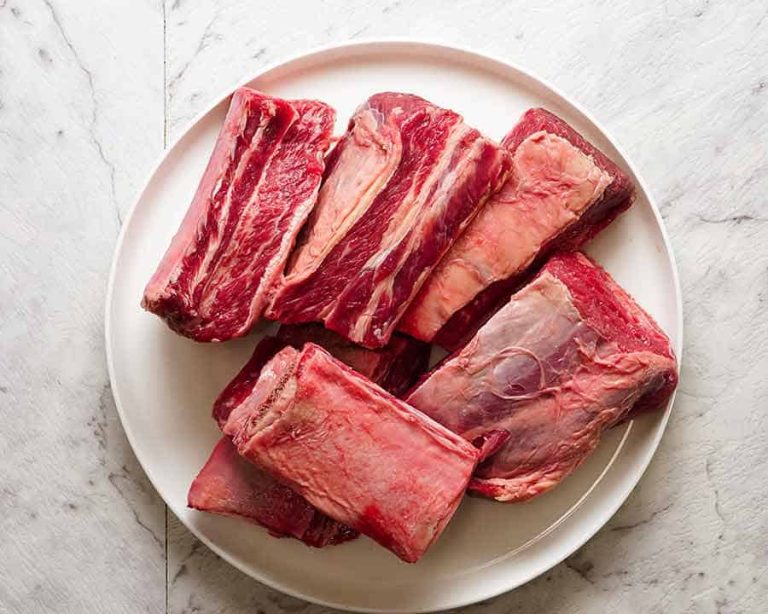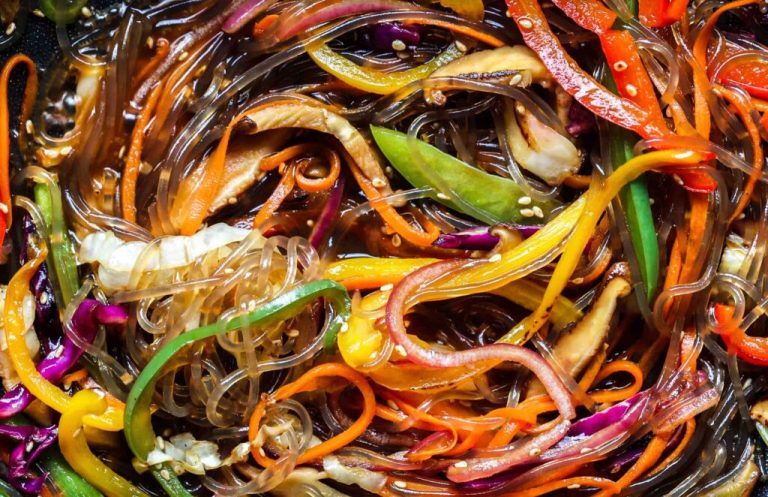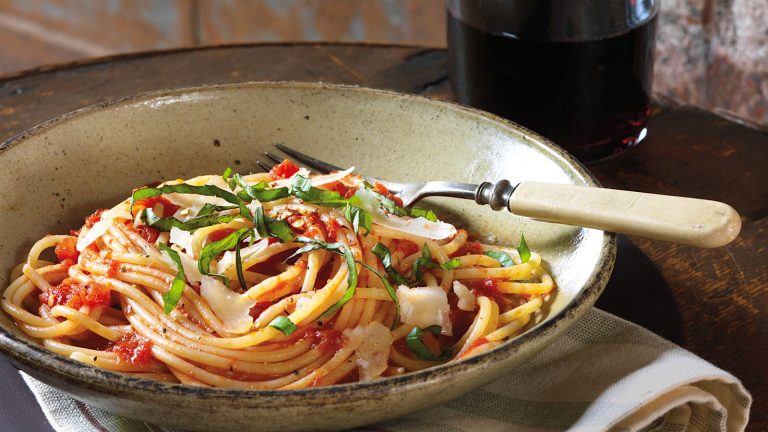Haluski Cabbage and Noodles Recipe: Ingredients, Variations, and Pairing Ideas
Haluski, a dish with deep roots in Eastern Europe, particularly Poland and Slovakia, offers rich cultural heritage. Generations have passed down this comforting meal, making it a staple in many households. Traditional recipes vary slightly by region, but the essence remains the same: a hearty blend of cabbage and noodles. Celebrations and family gatherings often feature Haluski, highlighting its importance in cultural traditions.
Key Ingredients Involved
Haluski relies on simple yet flavorful ingredients:
- Cabbage: Use green cabbage, sliced thinly, for its slight sweetness and crunchy texture.
- Noodles: Egg noodles, wide and hearty, provide the base for this dish.
- Butter: A generous amount gives the dish its rich, comforting flavor.
- Onions: Caramelized onions add depth and a hint of sweetness.
- Salt And Pepper: Season to taste, enhancing the natural flavors of the primary ingredients.
Incorporate these essentials, and you’ll have an authentic Haluski that delights the senses with every bite.
How to Make Haluski Cabbage And Noodles
Ingredients Needed
- 1 medium head of cabbage, chopped
- 1 large onion, diced
- 1 lb egg noodles
- 1/2 cup butter
- Salt to taste
- Pepper to taste
- Prepare Ingredients: Begin by chopping the cabbage and dicing the onion. This ensures all components are ready for cooking.
- Cook Noodles: Boil water in a large pot and cook the egg noodles according to package instructions until al dente. Drain and set aside.
- Sauté Onions and Cabbage: In a large skillet, melt 1/2 cup of butter over medium heat. Add the diced onions and cook until translucent, about 5 minutes. Add chopped cabbage, salt, and pepper. Cook until cabbage is tender, usually 10-15 minutes.
- Combine and Cook: Once the cabbage is tender, add the cooked noodles to the skillet. Mix well until evenly coated with butter and vegetables. Cook for an additional 5 minutes to let flavors meld together.
- Serve: Transfer to a serving dish and enjoy your Haluski cabbage and noodles warm.
Variations of Haluski Across Different Cultures
Eastern European Variations
Haluski, a popular dish in Eastern Europe, has several regional variations. In Poland, Haluski often includes kielbasa, a type of sausage, adding a smoky flavor. Slovakian Haluski, known as “Halušky,” may incorporate bryndza cheese for a tangy twist. Both variants typically retain the core ingredients of cabbage, noodles, and onions.
American Adaptations
In the United States, Haluski has been adapted to suit diverse palates. It’s common to see bacon or ham replacing the traditional kielbasa, offering a different flavor profile. Some recipes substitute egg noodles with pasta varieties like fettuccine or farfalle. Additionally, Americans might add bell peppers or carrots for extra color and nutrition, diversifying the classic Eastern European dish while maintaining its essence.
Nutritional Value of Haluski
Health Benefits
Haluski provides several health benefits due to its nutrient-rich ingredients. Cabbage, a primary component, offers high levels of Vitamin K, Vitamin C, and fiber. These nutrients contribute to bone health, immune function, and digestive health, respectively. Additionally, onions included in Haluski contain antioxidants and compounds that support heart health by lowering cholesterol levels. For protein and essential amino acids, if you include meat like bacon or ham, you also get additional sustenance valuable for muscle repair and overall energy.
Caloric Content Analysis
The caloric content of Haluski varies based on ingredient proportions. A typical serving, including cabbage, egg noodles, and butter, contains around 300-400 calories. Each cup of cooked cabbage adds approximately 22 calories, while a cup of egg noodles contributes about 220 calories. Added ingredients like bacon(42 calories per slice) or ham(46 calories per ounce) will increase the total caloric value. Monitoring these components helps maintain a balanced diet while enjoying the flavorful dish.
Pairing Ideas with Haluski
Suitable Main Courses
Pairing Haluski with certain main courses elevates the meal. A popular choice is roasted chicken. The lightness of roast chicken complements the hearty texture of Haluski. Another option includes pork chops, especially those grilled or pan-seared. The savory flavor of the pork enhances the taste of the cabbage and noodles. For vegetarians, consider grilled mushrooms. Their robust flavor pairs well with the simplicity of Haluski. Beef dishes such as pot roast also serve as an excellent pairing, contributing to a rich, fulfilling meal.
Recommended Side Dishes
Selecting the right side dishes to accompany Haluski ensures a well-rounded dining experience. Start with a simple garden salad, which adds a refreshing contrast to the rich flavors of the main dish. For a more traditional choice, serve pickled beets or cucumbers. Their tanginess complements the savory notes of Haluski. Adding a side of rye bread provides a nice texture contrast that’s pleasing to the palate. Another side option is roasted vegetables, such as carrots and Brussels sprouts. They provide additional nutrients and blend well with the main flavors of Haluski.
Conclusion
Haluski cabbage and noodles offer a delightful blend of flavors and textures, making it a versatile dish for any meal. Whether you stick to traditional recipes or experiment with modern twists, this comforting dish is sure to please. Pair it with complementary sides and main courses to create a well-rounded and satisfying dining experience. Enjoy the rich cultural heritage and nutritional benefits that Haluski brings to your table.





